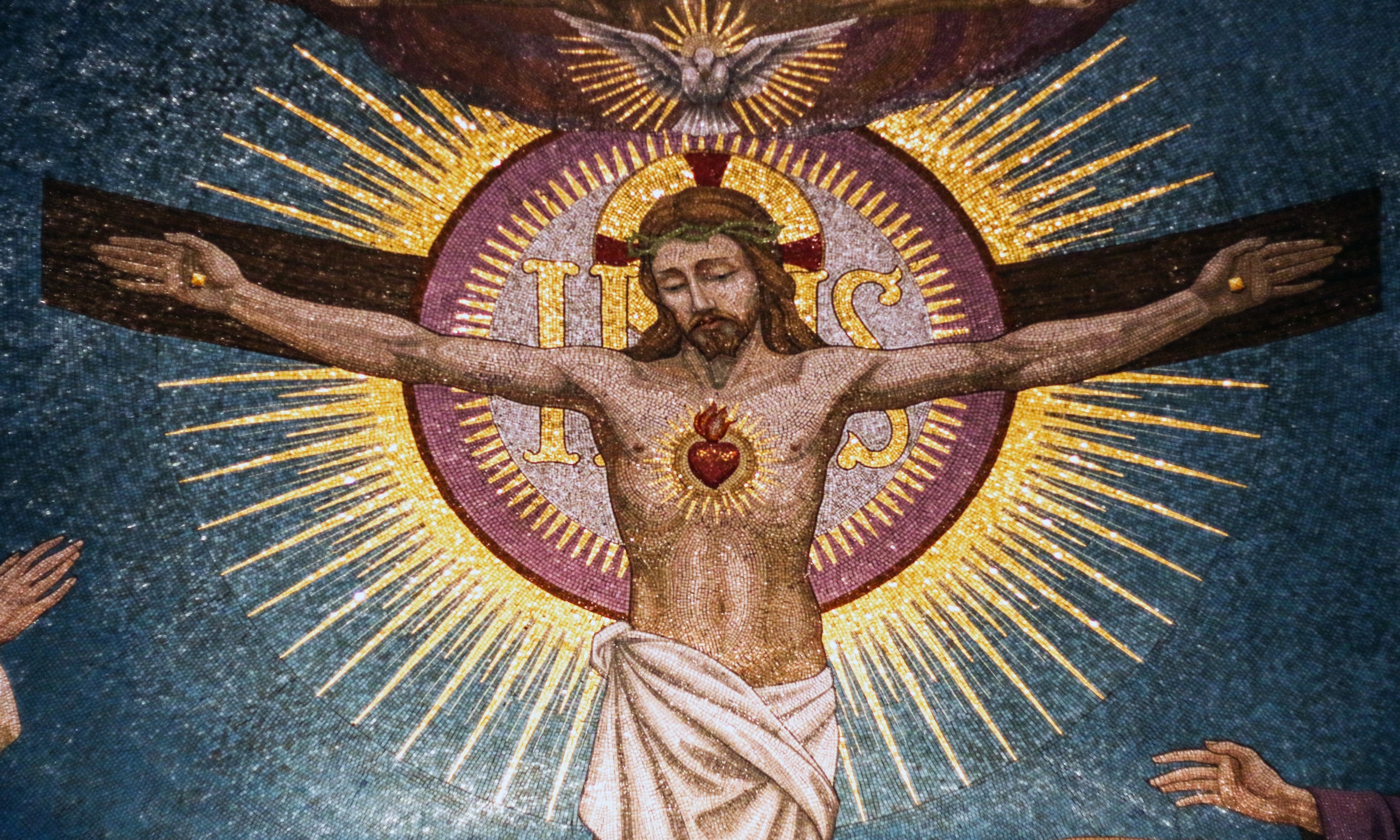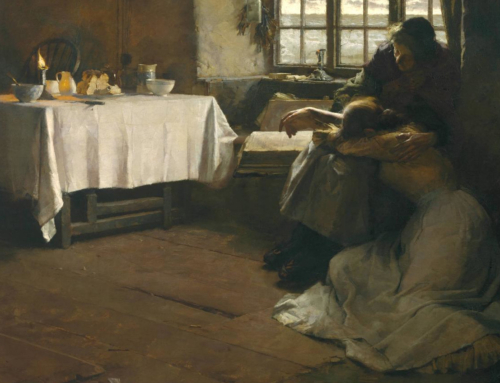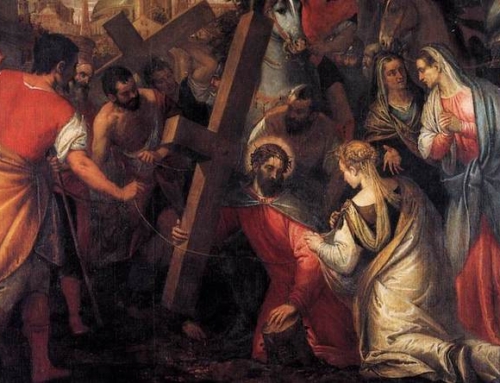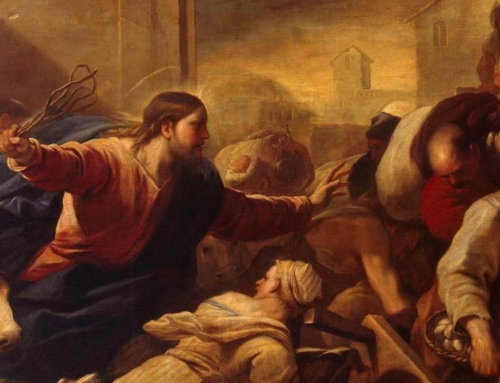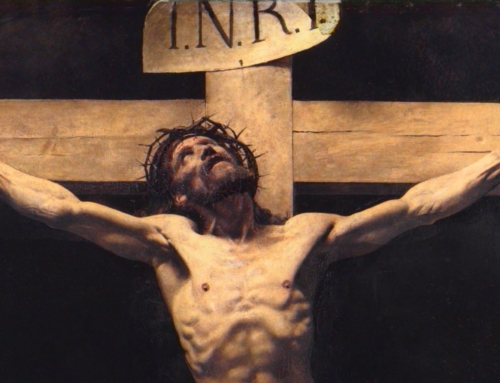This past year, I was volunteering at a Catholic grade school weekly before the pandemic started. One of the things I was tasked with is helping some students memorize the Beatitudes from the Sermon on the Mount. I’m pretty sure the children memorized the Beatitudes much faster than I did.
As an adult, I can’t just run quickly through the Beatitudes in the same way that Catholic school children can. The Beatitudes prompt me to think about my life and ask questions. For example, when we look at the Beatitudes, we see that those who mourn and those who suffer persecution for righteousness are … blessed? Why do the blessed mourn and suffer?
This isn’t just a question about the martyrs of the ancient Church. The recently canonized Pope John Paul II suffered greatly from Parkinson’s disease. Mother Teresa, recently canonized as well, suffered many things for the sake of her mission to care for the poor and dying.
Indeed, all of us who are even now striving for holiness, we who sincerely seek to follow Christ’s teaching in the Sermon on the Mount, mourn and suffer at times precisely because we are trying to live righteously. Why?
Christ’s answer to the question is in the Beatitudes. And Christ is the answer.
Using his words in the Sermon on the Mount, Jesus paints for us the image of one who is blessed. It’s his own image. The image of Christ on the cross, pouring out his lifeblood for us drop after drop, shows us the same Son of God whose image we see in each of the Beatitudes.
We are made blessed in being conformed to Christ’s image. The image of God’s Son is an image of boundless compassion. His image shows us that to be blessed is to enter into the lives of others and suffer with them for their ultimate good. This suffering with others is a necessary part of the blessed life which leads to our ultimate good: life in Christ.
In Christ’s life, we become like him. We become children of God who can dare to call him Father. In Christ’s life poured out for us, justice and mercy come together to ensure that we can be restored to the glorious life of love God so desires for his children.
In his life, persecution is suffered for the sake of justice so that the poor in spirit and those who suffer with him might enter the kingdom of heaven. In his life, the meek are made able to inherit the new earth, the earth remade by God for his resurrected children.
In his life, those who live as peacemakers in a world full of strife can finally see the peace they longed for as children of God who have returned to the Father. In his life, those who have mourned their weighty, unbearable sins with the tears of repentance are comforted as their burden is made light.
In his life, those whose hearts have been cleansed by suffering with Christ in his least brothers and sisters and in his Church can see God as they see Christ in the suffering, for he is in the Father and the Father is in him. And in Christ, they are brought to the Father at the end of their earthly lives to behold God face to face.
This is what the blessedness of life as a child of God looks like. It’s a life he made possible through his compassion, his suffering with us and for us. And his resurrection shows us that this adoption of our humanity into the divine household triumphs over the suffering of this life.
Our temporal suffering is not an obstacle to eternal glory. Indeed, it is part of the glorious image of the Son to which the blessed are conformed: the image of a compassionate beatitude.
So let us delight in being conformed to his glorious image! Let us find joy in suffering with Christ by being in solidarity with his least brothers and sisters. May we pour out our lives for the sake of others, just as Christ poured out his life for us, that we may be counted among the blessed.
✠
Photo by Fr. Lawrence Lew, O.P. (used with permission)

